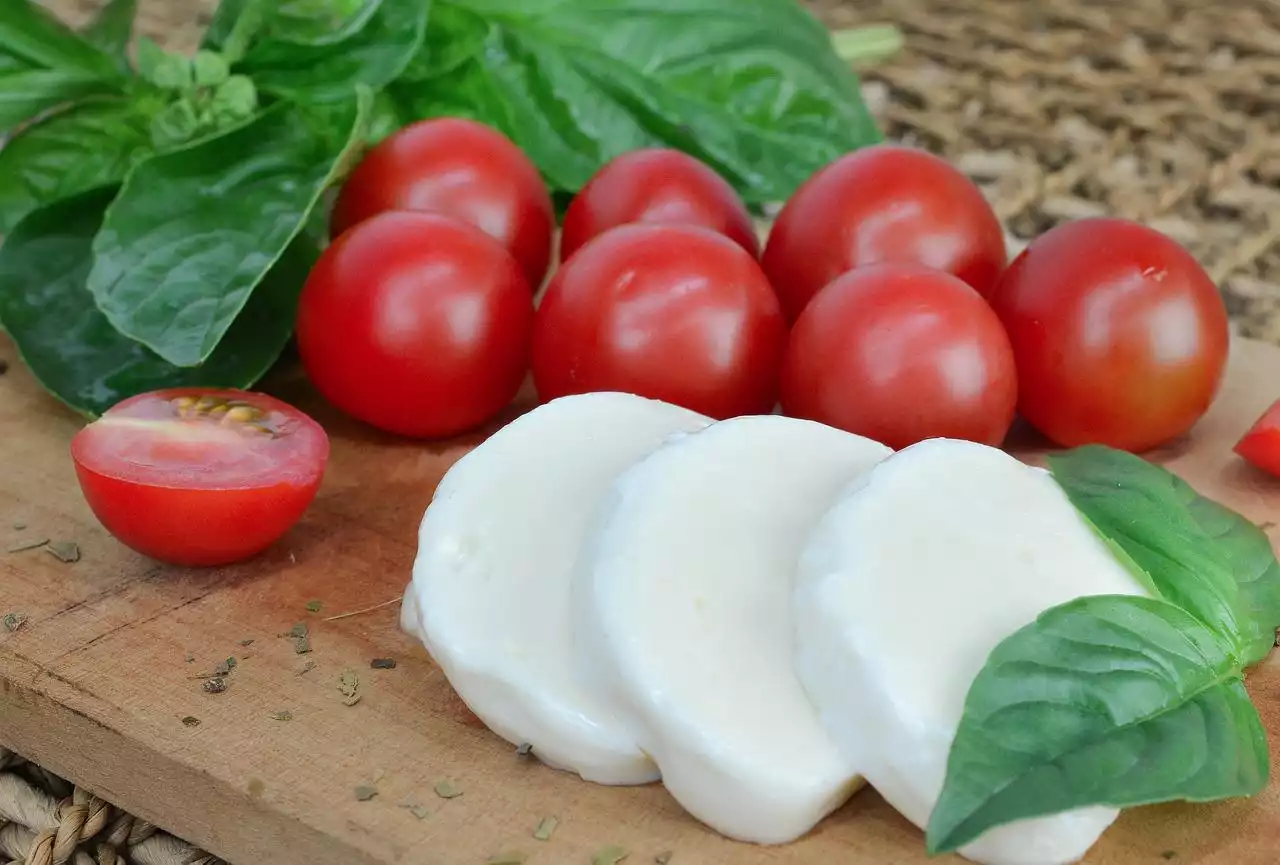Pastas are one of the most popular and widely consumed foods in the world. The versatility of pasta is only matched by its popularity. No matter where you are in the world, you are sure to find people eating pasta. From soups to main courses to desserts, pasta is a staple in every cuisine.
Variety is the key to an Italian kitchen. Each region has its own unique style and flavor of pasta. So, what are the different types of pasta found in an Italian kitchen? Let’s explore the many different kinds of pasta found in an Italian kitchen.
What is Pasta?
Italian pasta is made from durum wheat semolina. The dough is formed into flat sheets, then cut into individual shapes. Italian pasta is usually flat, and often irregular in shape. The wheat is milled to different degrees, with semolina being the least refined and most common in Italy. The wheat is harvested when the grains are still green. Then the grain is quickly dried and husked, and the wheat kernels are then cleaned. After that, the wheat is milled to different degrees, depending on the type of pasta that we want.
Milled wheat is the most common type of wheat used to make pasta. It is also called high-gluten wheat, as it contains more proteins than other types of wheat. The proteins bind together when water is added to the wheat, giving the water molecules the ability to join together and form a elastic network that becomes elastic, like a rubber band.
Fettuccine
Fettuccine is a long, thin, flat pasta popular in northern Italy. It is known for its light and delicate texture. To make fettuccine, durum wheat is milled to a medium-to-coarse texture, and then combined with an alkaline water solution. It’s also the type of pasta that is most readily available in the United States. This is partly because it is a very sturdy type of pasta. It can be used in a variety of sauces and gravies because it absorbs a lot of flavor. Fettuccine can be served in a variety of ways. You can also prepare fettuccine in many different ways. You can serve it with a variety of sauces, pastas, and meats. Once the dough is ready, the pasta is extruded through a special extruder. The pastry is then cut into the desired shape, such as spaghetti or fettuccine. The pasta is then dried during a process called oven-drying. After the pasta is dry, it is packaged and stored for sale.
Spaghetti
Spaghetti is another long, flat pasta popular in northern Italy. It is known for its broad, flat shape and its broad width. To make spaghetti, durum wheat is first milled to a coarse texture, then combined with a water solution and formed into dough. Again the dough is extruded through a special extruder, which cuts the pastry into the desired shape, and then dried during a process called oven-drying. It can be prepared in a variety of ways. You can also find a variety of sauces and pastas that accompany spaghetti. Spaghetti is one of the most widely available types of pasta. It can be found in almost every grocery store in the country. It’s also one of the most affordable types of pasta.
Angel Hair Pasta
Angel hair pasta is thin and narrow, similar to the width of Chinese vermicelli noodles. This pasta is known for its delicate and soft texture. To make angel hair pasta, semolina wheat is first milled to a medium-to-coarse texture, then combined with water and formed into dough.
Strap Pasta
Strap pasta is thinner and less wide than other types of pasta. It is known for its delicate and smooth texture. To make strap pasta, semolina wheat is first milled to a fine texture, then combined with water and formed into dough. After the pasta is dry, it is packaged and stored for sale.
Macaroni
Macaroni is a large tube-like pasta. It is known for its large size and broad width. To make macaroni, semolina wheat is first milled to a coarse texture, then combined with water and formed into dough. It is usually served in soups, sauces, and pasta salads. It can also be used in many different dishes like lasagna, grilled cheese sandwiches, and casseroles.
Tips for cooking pasta
- Always keep pasta in an airtight container in the fridge.
- Pasta should be cooked al dente, or slightly firm.
- Before cooking pasta, add a pinch of salt.
- While boiling water is a quick way to cook pasta, adding salt to an unsalted pot of water allows for faster evaporation and prevents the buildup of minerals on the sides of the pot.
- When cooking pasta, add the pasta to boiling water and cook for the recommended amount of time. Then, remove the pasta from the water and drain in a colander.


 Tourism and its Effects on Local Entertainment
Tourism and its Effects on Local Entertainment
 Top 10 French Desserts You Should Know
Top 10 French Desserts You Should Know
 The Top Ten Women's Perfumes of All Time
The Top Ten Women's Perfumes of All Time What is Pizza and Where Did it Originate?
What is Pizza and Where Did it Originate? Italian Olive Oil and the Italian Olive Farmers
Italian Olive Oil and the Italian Olive Farmers Italian Cuisine and the Best Tomato Sauce
Italian Cuisine and the Best Tomato Sauce Italian Cuisine and Food from the Sea
Italian Cuisine and Food from the Sea Italian Cheese and its uses in Cooking
Italian Cheese and its uses in Cooking